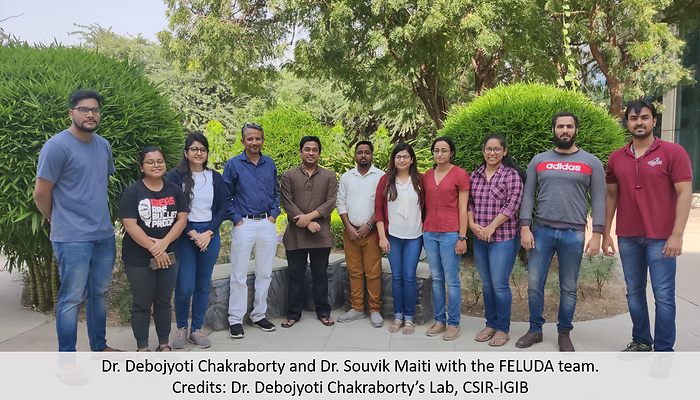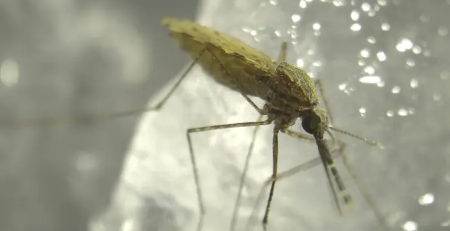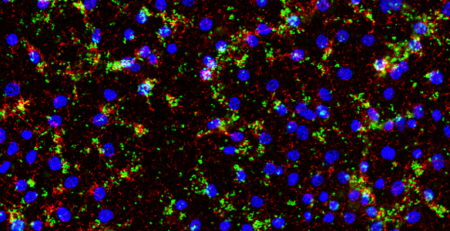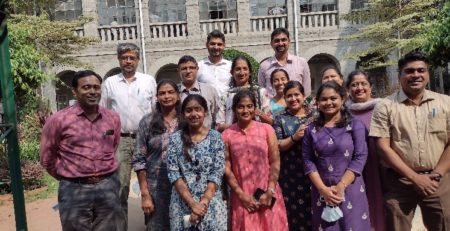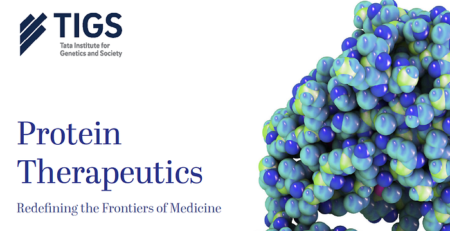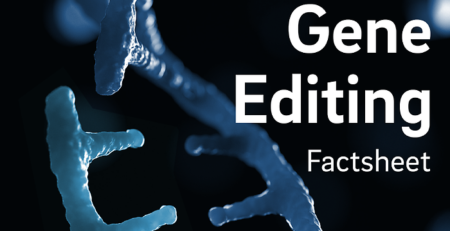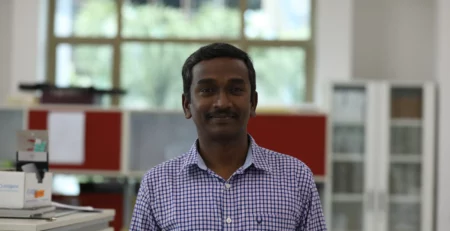By Dr. Poorti Kathpalia, Science Communicator, with contributions from Dr. Debojyoti Chakraborty and Dr. Souvik Maiti, CSIR-Institute of Genomics and Integrative Biology.

Dr. Poorthi Kathpalia
The COVID-19 pandemic forced scientists around the world to adapt themselves and their research to solve the looming crisis that lay ahead of us. One such adaptation happened in one of the CSIR labs in Delhi, at the Institute of Genomics and Integrative Biology (IGIB), where research was going on in developing a rapid and point-of-care test for the detection of sickle cell disease. Sickle cell disease is caused by a well characterized point mutation in the hemoglobin beta chain gene. What was required was a system that can identify a single base pair mismatch in the DNA sequence for making a cheap diagnostic test possible. A CRISPR-Cas (clusters of regularly interspaced short palindromic repeats-CRISPR associated proteins) enzyme system that could do just that was being studied in the lab.
CRSIPR-Cas is derived and adapted from bacteria, which uses it as an adaptive immune system response against bacteriophages or viruses that attack them. The genetic locus for CRISPR-Cas is composed of palindromic repeats having spacer sequences in between, which are derived from the invading viruses and a CRISPR associated (Cas) enzyme that can chop up DNA/RNA once it becomes active. The activation is mediated by the binding of the spacer sequence and Cas enzyme complex to any foreign DNA/RNA that enters the bacterial cell. Thus, the CRISPR-Cas enzyme system is highly specific in recognizing the sequence that the Cas enzyme will cleave and can be used to target a polynucleotide sequence of choice inside a cell for the detection or modification of this polynucleotide sequence.
FnCas9, the Cas9 enzyme derived from the bacterium, Francisella novicida, was being studied in the labs of Dr. Debojyoti Chakraborty and Dr. Souvik Maiti before the pandemic started. The high specificity and the ability to distinguish between two sequences that had a single base-pair mismatch made FnCas9 the tool to identify the Hb beta locus of sickle cell disease patients. That is how FELUDA (FnCas9 Editor Linked Uniform Detection Assay) was conceived, the name being inspired from a popular Bengali detective created by Satyajit Ray in his tales of mystery.
FELUDA-based detection involves using the guide RNA-Cas9 enzyme complex to identify a very specific sequence in the target DNA. This makes FELUDA not just specific and sensitive, but also adaptable to detecting any case (disease in the world of diagnostics), such as nucleic acid related to SARS-CoV2, the viral agent that causes COVID-19. To test the ability to detect SARS-CoV2, RNA is extracted from the patient sample suspected of having COVID-19 and converted into complementary DNA that is further amplified for specific SARS-CoV2 genes and labeled with biotin, which helps in capturing the complex. FELUDA next utilizes dFnCas9 (catalytically inactive or dead FnCas9), which forms a complex with guide RNA specific for SARS-CoV2, and is tagged with a label FAM that would help in tracking the complex.

If the viral genes are present, then the gRNA-dFnCas9 RNP complex will bind to it, thereby, detecting a positive case of COVID-19. The visualization is adapted to be performed using a paper strip that makes the test cheaper and easy to perform. The paper strip captures biotin-labelled viral genes using streptavidin present on the strip and produces a visual signal in the form of a test band. The color that is visible on the band is due to the presence of gold nanoparticles bound to the anti-FAM antibody, which binds to the FAM-labelled, gRNA-dFnCas9 complex. The control band, which becomes visible in both positive and negative cases, is produced by the binding of unbound/unutilized, gold nanoparticles bound to the RNP complex. Thus, FELUDA signals the presence of SARS-CoV2 infection by the appearance of two bands on the test strip, whereas its absence results in a single band.

Thus, a rapid, inexpensive, and point-of-care test for COVID-19 was developed from an existing technology within a matter of 2 months. FELUDA has now also been adapted for the detection of different variants of SARS-CoV2, referred to as RAY (Rapid Detection of Variants AssaY). Thus FELUDA, again brought us a ray of hope in the darkness that continued to spread along with the growing COVID-19 pandemic.
The above work on FELUDA and RAY was carried out in the labs of Dr. Debojyoti Chakraborty and Dr. Souvik Maiti at CSIR-Institute of Genomics and Integrative Biology. FELUDA technology was taken up by TATA Medicals and Diagnostics Ltd. for commercially producing TATA MD Check kits powered by FELUDA for the detection of COVID-19.
References:
https://www.medrxiv.org/content/10.1101/2020.09.13.20193581v1
https://www.medrxiv.org/content/10.1101/2021.02.01.21250900v1

